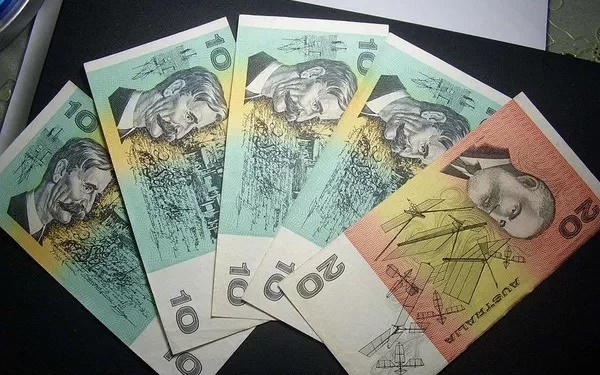Foreign exchange rate dynamics play a pivotal role in global financial markets, affecting international trade, investment and economic stability. In this article, we will take an in-depth look at the current exchange rate between the Australian Dollar (AUD) and the United States Dollar (USD), focusing specifically on the value of 5,000 AUD to USD.
Learn about current exchange rates
Exchange rate represents the value of one country’s currency relative to another country’s currency. As of the latest data, the AUD/USD exchange rate currently stands at 0.66.The exchange rate fluctuates due to various economic factors, market sentiment and geopolitical events.
Factors affecting exchange rates
Economic Indicators: Key economic indicators such as GDP growth, inflation and employment data may influence exchange rates. A strong economy tends to lead to a stronger currency.
Interest rates: Central bank interest rate decisions can significantly affect exchange rates. Higher interest rates in a country attract foreign capital, increasing demand for that country’s currency.
Trade balance: The trade balance, the difference between a country’s exports and imports, affects the demand for its currency. A trade surplus usually strengthens a currency.
Political Stability: Political stability and effective governance help create a conducive economic environment that attracts foreign investors and has a positive impact on currency value.
Market Sentiment: Perceptions and sentiment in financial markets can cause exchange rates to fluctuate rapidly. News, announcements and geopolitical events can all influence market sentiment.
Current exchange rate analysis
Analyzing current exchange rates is crucial to understanding the value of 5,000 Australian dollars to US dollars. 0.66 means exchanging $5,000 Australian dollars to get 3316.40 in US dollars.
The impact of macroeconomic factors
Interest rate differences: Interest rate differences between Australia and the United States affect the attractiveness of each currency. Investors tend to seek higher returns, leading to capital flows and currency adjustments.
Commodity prices: Australia is a major commodity exporter, and changes in commodity prices, especially those of resources such as iron ore and coal, may affect the Australian dollar.
Global Economic Conditions: Broader global economic conditions, including recession or recovery, may affect the AUD/USD exchange rate. An economic downturn can cause the Australian dollar to weaken, while economic growth can cause the Australian dollar to strengthen.
currency exchange strategy
Understanding current exchange rates and related factors enables individuals and businesses to develop effective currency exchange strategies. These strategies may include:
Timing: Choose the right time for currency exchange based on historical trends and market conditions.
Hedging: Implement hedging strategies to mitigate the impact of currency fluctuations on a financial portfolio.
Monitor economic indicators: Pay close attention to economic indicators and central bank announcements to predict potential changes in exchange rates.
Diversification: Diversify currency holdings to reduce the risk of fluctuations in a single currency pair.
In conclusion
In summary, the current exchange rate between the Australian dollar and the US dollar is a key factor in international finance. Analyzing this exchange rate provides valuable insights to individuals and businesses looking to exchange currency, specifically having a specific impact on the value of 5,000 Australian dollars to the US dollar. By considering historical trends, macroeconomic factors and taking a strategic approach, stakeholders can navigate the dynamics of the FX market with greater confidence. Stay informed, monitor market conditions, and make decisions based on a comprehensive understanding of factors affecting exchange rates.
Related Topics:
How Much Is One Australian Dollar Worth: A Quick Guide
The Value of the Australian Dollar: A Comprehensive Overview
What is the AUD Exchange Rate: A Comprehensive Overview

























